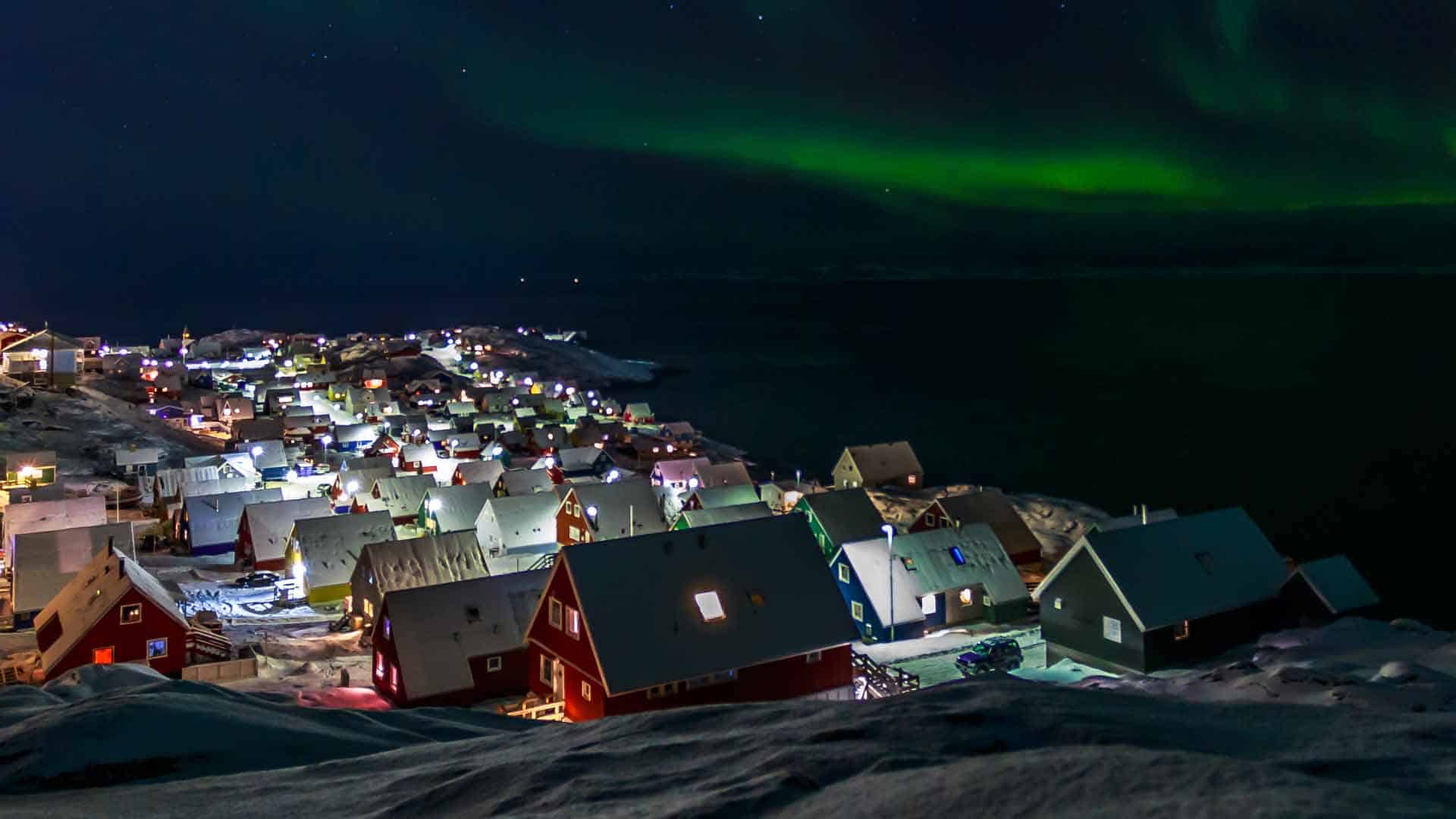Who doesn’t love a bit of Christmas cheer? As soon as November is on the horizon, we’re putting on our Bing Crosby Christmas playlist and spraying fake snow on our windows. Whether you’re nine or 99, December is a lovely time of year. It is steeped in traditions many families have practised for generations. Christmas traditions around the world depend on where you live and what your background is. Many families even create customs of their own. We’ve gathered together some of the more interesting Christmas traditions around the world to get you into the swing of the silly season.
The ‘true’ story of Christmas
Those raised around the Christian faith understand Christmas marks the birth of Jesus Christ. The name itself, ‘Christmas’ comes from the ‘Mass of Christ’.
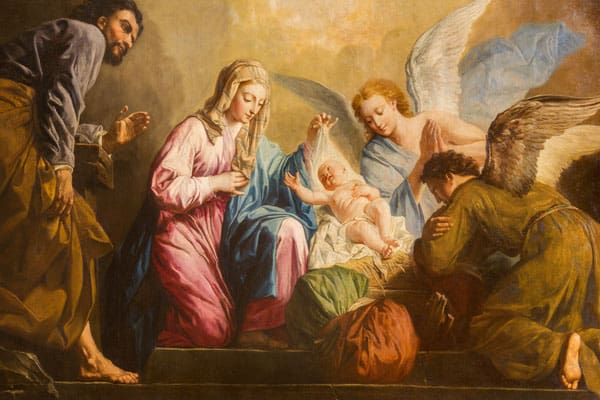
It is hard to trace the birth of Jesus to an exact date. It may surprise you to hear there is no real record of it taking place on December 25th. A number of theories give reason to why we celebrate on this day. One is that a 4th-century Pope declared December 25th was the date to celebrate the arrival of Christ. Another points to the day being close to the winter solstice and Christmas merging with pagan festivals held around that time.
This theory lines up with the mid-winter Saturnalia festival observed by the Romans in late December. Barbarian peoples of northern and western Europe kept holidays at similar times. The final piece of evidence behind this argument is the 274 C.E. decree by the Roman emperor Aurelian. He decided that the birth of Sol Invictus (the Unconquered Sun), should be celebrated on December 25. It follows on that early Christians purposefully chose these dates to encourage the spread of Christianity throughout the Roman empire. If Christmas looked more like a pagan holiday, more pagans would be open to both the holiday and the God whose birth it celebrated.
O Christmas Tree
One of the best known Christmas traditions around the world is the Christmas tree. Originally an evergreen fir, this tree has been used to celebrate winter festivals by both pagans and Christians for centuries.
According to WhyChristmas.com, pagans used branches to decorate their homes and remind themselves of the spring to come. The Romans used Fir trees to decorate their temples at Saturnalia, a festival held around this time. For Christians, the fir was a sign of ‘everlasting life with God’.
As WhyChristmas shares, the first person to bring a Christmas Tree into a house in the way we know it today may have been the 16th-century German preacher Martin Luther. A story is told that one night before Christmas, he was walking through the forest and looked up to see the stars shining through the tree branches. It was so beautiful he went home and told his children that it reminded him of Jesus, who left the stars of heaven to come to earth at Christmas.
From those early Christmas tree traditions, the practice spread around Europe and beyond. Families began decorating their trees with trinkets and edible goodies. In 1841, Prince Albert (Queen Victoria’s German husband) had a Christmas Tree set up in Windsor Castle. A drawing of “The Queen’s Christmas tree at Windsor Castle” was later published in the Illustrated London News, leading to the custom spreading further across the UK and to the USA.
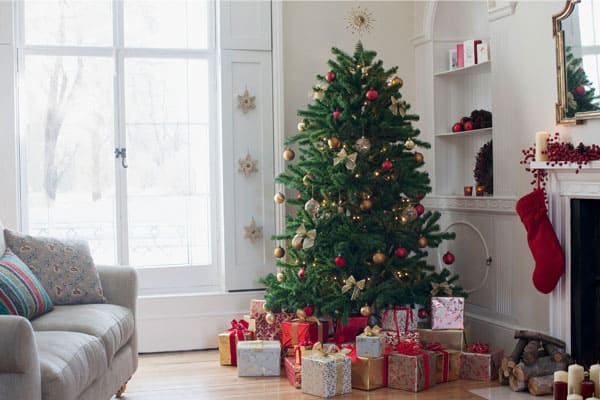
Christmas Traditions Around the World: Europe
In Australia, we tend to mark Christmas as a single day. Traditionally, the tree goes up on December 1st. It comes down again 12 days after Christmas, on January 6th. Across different cultures, people celebrate the Christmas period differently. Often dates other than the 25th are equally important. This includes the ‘Epiphany’ on January 6th, and Christmas Eve. Many European countries honour the period known as ‘Advent’ with several celebrations during this time.
Greenland
Greenland is the supposed home of Santa and his team. In this country, many people attend a Church service on Christmas Eve, wearing traditional garb. Every village in Greenland puts a decorated tree on the highest hill during the festive season. Each house and public building hangs an illuminated star in the window to celebrate the occasion.
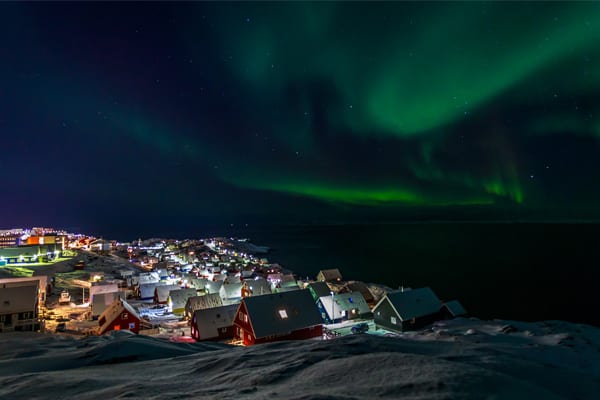
Croatia
In this country, St Catherine’s Day (November 25th) makes the start of the Christmas celebrations. Families have an Advent wreath made of straw or twigs, with four candles to symbolise hope, peace, joy and love. On St Nicholas’s Eve (December 5th), many Croatian children clean their boots and leave them in the window, hoping they will receive a gift from the saint himself.
Similar to other European countries, Christmas Eve has more significance than Christmas. On this night, families gather to attend church and exchange gifts.
The Netherlands
Forget December 25th, it’s the 5th which is the big one for children in The Netherlands. This is the day ‘Sinterklaas’ arrives, bringing their gifts. According to WhyChristmas.com, “Children know Sinterklaas’s helpers, known as Zwarte Pieten keep a record of all the things they have done in the past year. Good children will get presents from Sinterklaas. Bad children are put in a sack and the Zwarte Pieten take them to Spain for a year to teach them how to behave!”
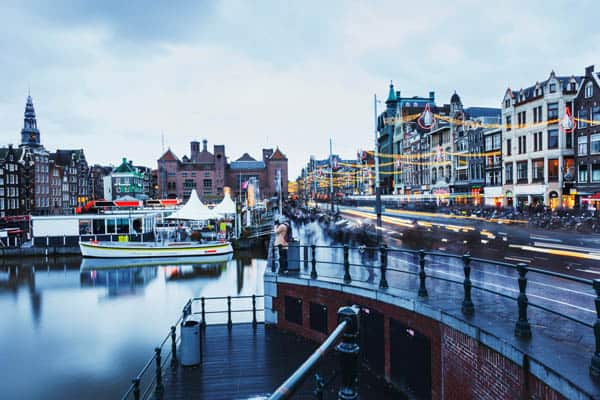
Greece
A Greek Christmas brings with it some haunting tales. During this period, homes are ‘plagued’ by Kallikantzaroi. These ‘goblin-like creatures’ appear during the twelve days of Christmas, from the end of December until January 6th. During this period, Kallikantzaroi come up to the surface of the Earth from their subterranean dwellings. They proceed to get into people’s houses and cause all sorts of trouble and mischief.
As part of their Christmas traditions, many Greek people keep the fire going inside for 12 days straight and sprinkle holy water around their homes. Some will even put an old shoe on the fire as reassurance! The resulting bad smell keeps the naughty spirits away.
Russia
Things happen a little later in Russia. In this country, ‘Grandfather Frost’ doesn’t show up until New Year’s Eve. Christmas itself is celebrated on January 7th. The reason for this is the Russian Orthodox Church uses a different calendar. Advent in Russia is 40 days long, starting on November 28th. On the Russian Christmas Eve, nothing is eaten or drunk until the first star has appeared in the sky. After it has been spotted, the festivities begin with the ‘Holy Supper’. This includes 12 foods, symbolic of the 12 Apostles.
Christmas Traditions Around the World: Asia
Japan
Believe it or not, KFC is one of the most popular dishes served up for Christmas in Japan. This came about after a popular advertisement decreed “Kentucky for Christmas”. The ad aired in the 1970s but the tradition has stuck around. Christmas is not celebrated as having religious significance but is still a popular one in Japan. Christmas markets and light shows mark the occasion.
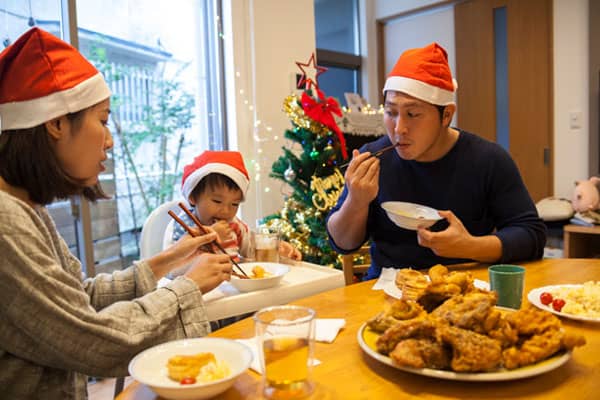
Gift exchanges tend to happen between couples instead of family members at this time of year in Japan. In fact, Christmas Eve is similar to Valentine’s Day, with many couples taking the night for themselves. For dessert, Japanese ‘Christmas Cake’ is what we would recognise as strawberry shortcake, a far cry from Christmas pudding.
China
China does not have a large Christian population so Christmas is not widely celebrated. One tradition, however, is to give apples as gifts. According to theworldofchinese.com, this custom has its roots in homophones. Christmas Eve translates to Ping’anye (平安夜, the evening of peace) which sounds like apple, or pingguo (苹果).
On Christmas Eve, an apple as a gift is no longer called pingguo, but ping’anguo (平安果, the fruit of peace). Apples exchanged on Christmas come decorated or wrapped in colourful boxes. At this time of year, you can expect to pay a lot extra for this simple piece of fruit. If you receive an apple, you can return the favour with an orange. Orange (cheng) sounds like “sincere (诚)” and “success (成)”, so you are sharing good wishes in return for your fruit of peace.
The Philippines
People in The Philippines take Christmas very seriously. Decorations begin to pop up as early as September. This country has the highest percentage of Christians of any in Asia so the holiday is a popular one. A ubiquitous decoration in The Philippines is the ‘parol’. Made from coloured paper, this is a lighted star lantern mounted on a bamboo pole.
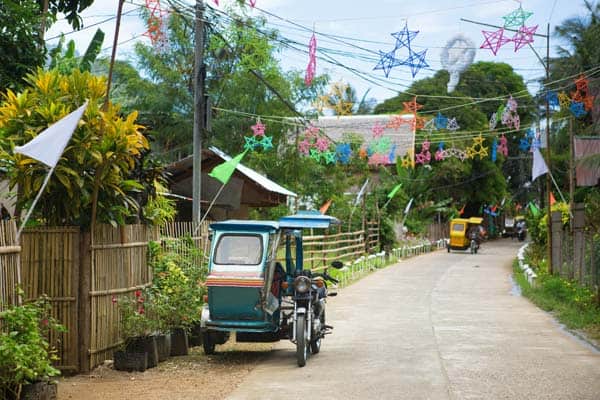
Often, Christmas Day kicks off on Christmas Eve in The Philippines, with some people ‘partying’ right through the night. The celebrations include a church service and ‘Noche Buena’, a Yuletide feast where family members gather and dine on traditional Xmas dishes at around midnight.
Christmas Traditions Around the World: South America
Columbia
In Colombia, the 7th of December is known as Noche de Velitas’, which means the ‘Day of the Little Candles’. On this night, families decorate their streets and houses with candles and lanterns. These light the way of the Virgin Mary as she comes to bless their home. The cities host large fireworks displays and enjoy music and food.
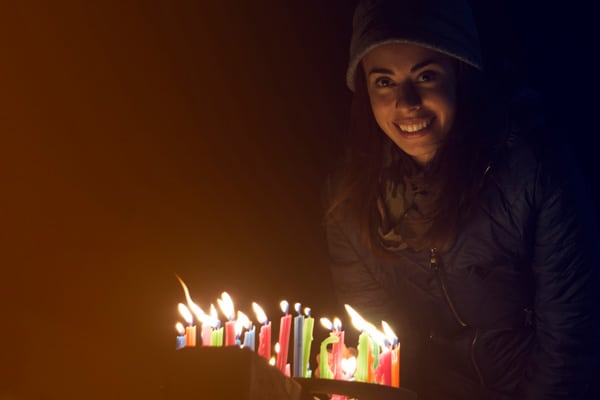
After Christmas, Colombians celebrate ‘Innocent’s Day’, which is the country’s own version of April Fools Day. People play light-hearted pranks on each other to revive their spirits after the end of the Christmas season.
Brazil
One tradition many other countries may wish to get in on is known as the ‘13th salary’. In Brazil, this means double pay in December. This was established in Brazil by then President João Goulart in the 1960s. This leader decreed the Christmas bonus a compulsory payment for employees. However, he wasn’t only doing this for goodwill. The motive was to increase sales at Christmas and therefore tax revenue at the same time.
Christmas Traditions Around the World: Africa
Egypt
Similar to Russia, Egyptian Christians have their Christmas on January 7th in Egypt. In the lead up to this day, those who celebrate follow a strict vegetarian or vegan diet. On the night before Christmas, a special church service is held before people head home to indulge in all the treats they have been missing out on.
Baba Noel visits children in Egypt, climbing through the window to leave gifts.
Ghana
Christmas is a joyous affair in Ghana, with the celebrations starting several weeks before the day itself. The festivities include visiting family, going to church and lots of colourful outfits. One tradition, according to modernghana.com, is to watch the film ‘Home Alone’. In Ghana, there are few people who haven’t sat through this several times as part of holiday custom.
This is also a time of happy indulgence. If you’re in Ghana at this time, you may end up eating between 4 to 5 times a day, with drinks and snacks in between. Modernghana.com shares that one in three people gains weight over the Christmas period. There is even a word for this: ‘obolo’.
Christmas Traditions Around the World: Australia
Is there such a thing as a traditional Aussie Christmas? Being a multicultural country, many Australians bring elements of past and present to this day. While many families stick to a traditional old-world roast lunch, the hot weather means some opt out. Instead of a turkey, you’ll find tables laid with fresh cold prawns and oysters, cold Christmas ham and tasty salads.

At Christmas, the Northern Hemisphere bunkers down indoors for eggnog and carols. Australians are found on the beach enjoying one of our favourite national sports – beach cricket.
The meaning of Christmas
With so many Christmas traditions around the world, it feels as though the holiday has taken on dozens of different meanings. Across countries, no matter what your level of faith, there is a similar theme for Christmas. Beyond marking the birth of Christ, this holiday has evolved into a significant time for friends and family.
Whether you stay up till midnight on Christmas Eve, toasting the occasion in January or throwing a few prawns on the bbq, Christmas is a for togetherness. It offers the opportunity to step away from the daily grind and acknowledge the people you love.
Within their cultural traditions, many families have traditions of their own. This can be as simple as never forgetting to read ‘The Night Before Christmas’, or putting out carrots for the reindeer. Some families have a dish which is never missing from the Christmas table. Others refuse to eat until everyone has donned the paper hat from their Christmas cracker.
This Christmas, why not start a tradition of your own? Bring your family and friends along to The Westport Club’s Christmas Under the Stars on Sunday 9 December. This annual event is your chance to come along, sing some Christmas carols, get a photo with Santa and partake in lots of festive cheer. It’s a wonderful evening out and proceeds from the $2 entry fee support The Salvation Army Christmas Hamper Appeal. You can read more about The Westport Club’s Christmas Under the Stars here. We hope to see you there!

